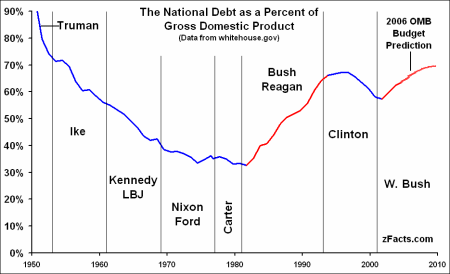Now That's News
Pulled from the comments section at TPM:
CNN: "Let's see what people on Twitter are saying, '2bIggyBallzer says: liberal elitests and their education will bring socialzed welfare to undermine republic of united sttts.'"
And UgizmeLuvz says, 'Obama just wants wuts bestz for cuntry plz be resptible.'"
We will be right back after 7 more minutes of commercials and bring you more thoughts from around the globe on Twitter.
...And were back, it appears Sarah Palin has a new comment on her twitter account.
CNN senior Twitter Correspondent: "Sarah Palin has sent this tweet to us: 'like Pandora, and Zeus, who traveled through the woods, in the war against British, Obama is no Maverick, GodblessUSA, and save Constitution.'"
CNN senior Twitter Correspondent: Back to you...
We now go to our panel to discuss for 11 minutes the Sarah Palin tweet, and the possibility of Tiger Woods winning the Masters, will you watch the masters on your new iPad?
CNN Senior Panel Discussion Person: "Sarah Palin has apparently thrown down a challenge to President Obama's foreign policy, think she has a chance to win in 2012?"
CNN Viewer: Walks to cabinet pulls out bottle of scotch, and a hand gun, places gun up to temple, and contemplates...
CNN: "Let's see what people on Twitter are saying, '2bIggyBallzer says: liberal elitests and their education will bring socialzed welfare to undermine republic of united sttts.'"
And UgizmeLuvz says, 'Obama just wants wuts bestz for cuntry plz be resptible.'"
We will be right back after 7 more minutes of commercials and bring you more thoughts from around the globe on Twitter.
...And were back, it appears Sarah Palin has a new comment on her twitter account.
CNN senior Twitter Correspondent: "Sarah Palin has sent this tweet to us: 'like Pandora, and Zeus, who traveled through the woods, in the war against British, Obama is no Maverick, GodblessUSA, and save Constitution.'"
CNN senior Twitter Correspondent: Back to you...
We now go to our panel to discuss for 11 minutes the Sarah Palin tweet, and the possibility of Tiger Woods winning the Masters, will you watch the masters on your new iPad?
CNN Senior Panel Discussion Person: "Sarah Palin has apparently thrown down a challenge to President Obama's foreign policy, think she has a chance to win in 2012?"
CNN Viewer: Walks to cabinet pulls out bottle of scotch, and a hand gun, places gun up to temple, and contemplates...





